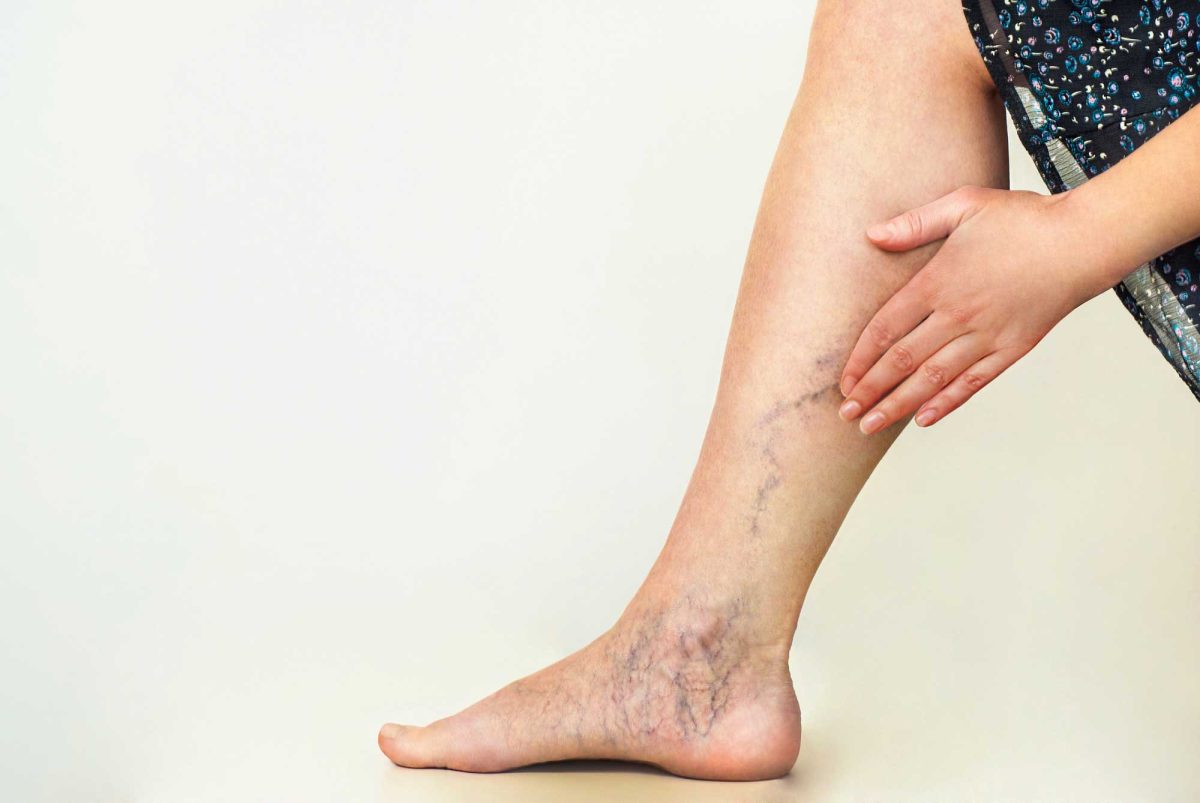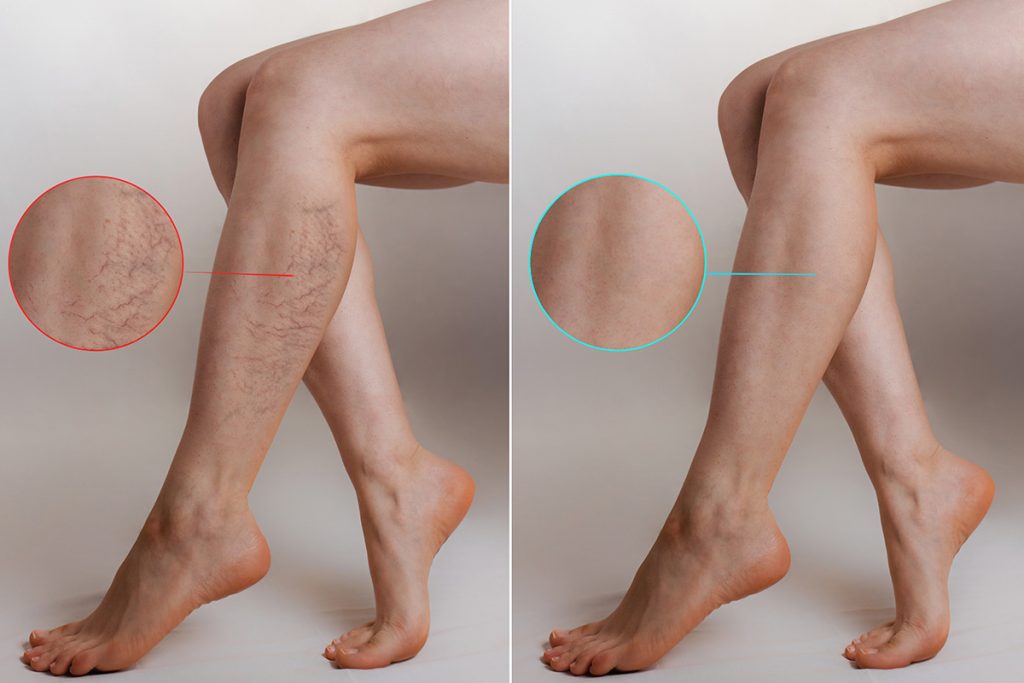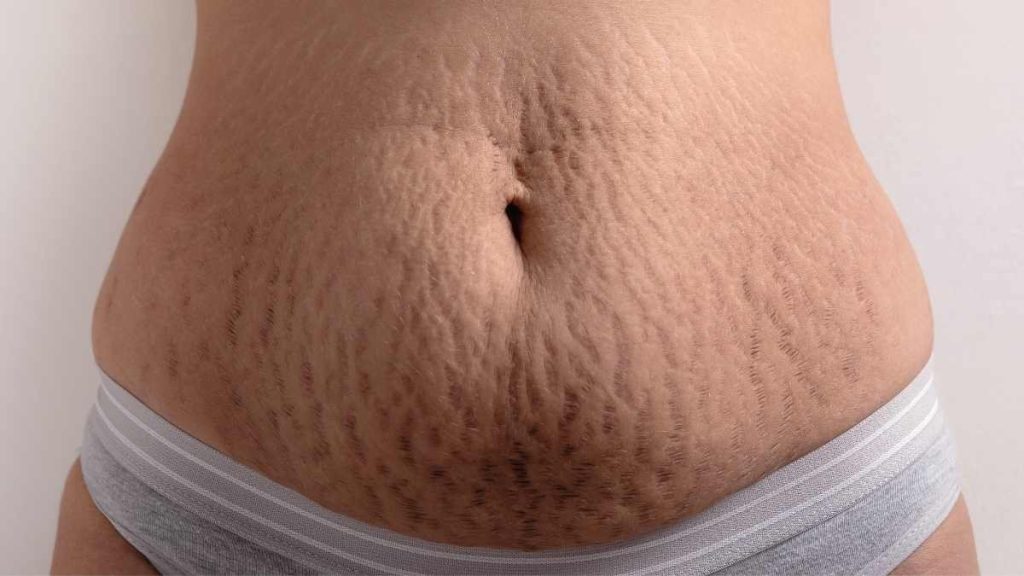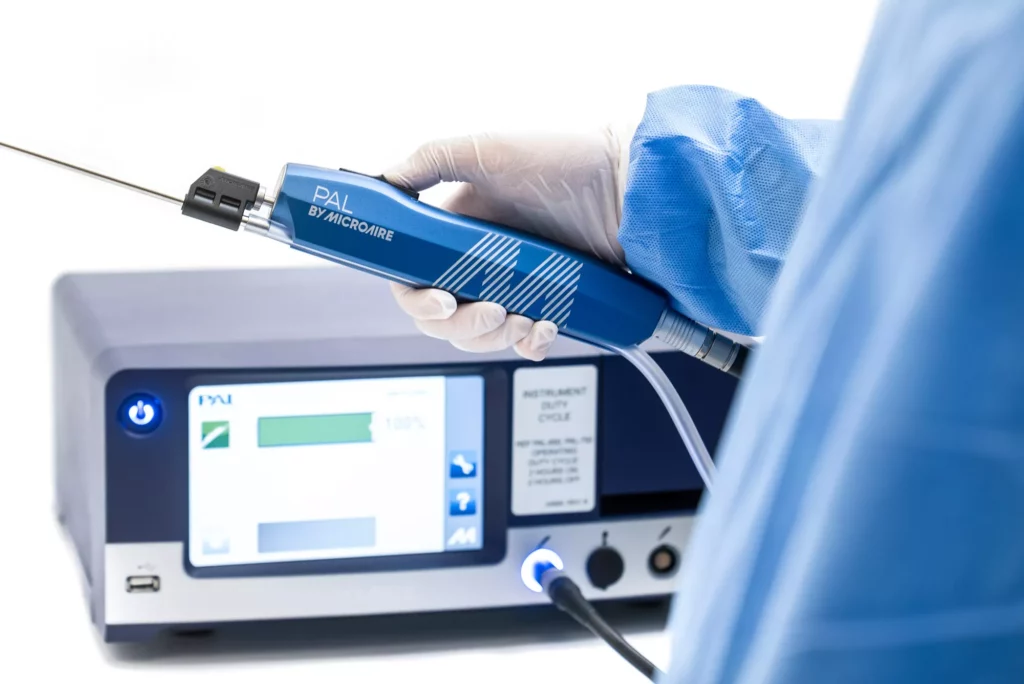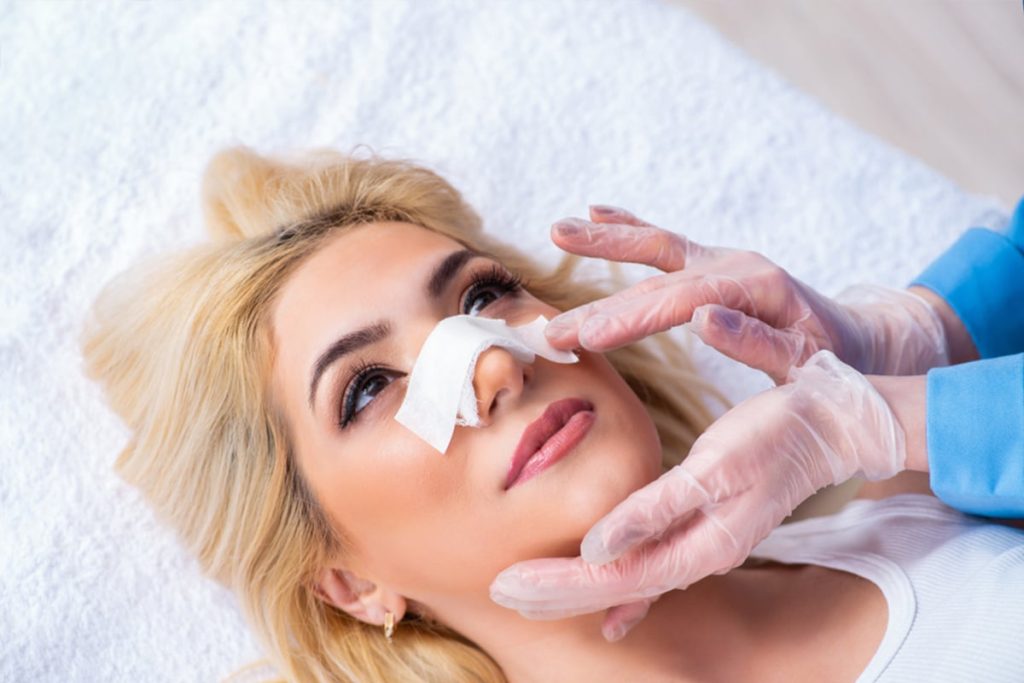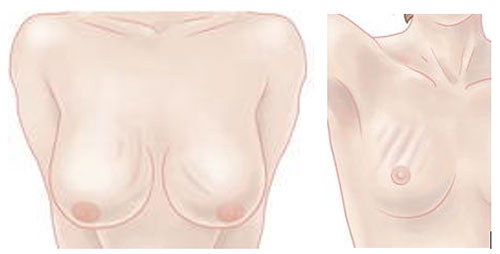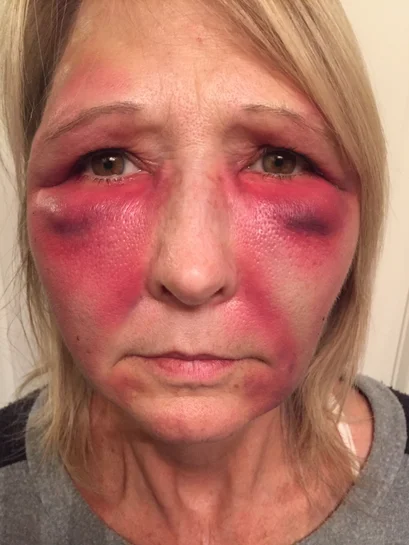Mesotherapy for fat reduction is gaining popularity as a non-invasive way to tackle stubborn fat. This treatment, which involves injecting vitamins, enzymes, and plant extracts, originated in France in the 1950s. It’s designed to break down fat cells and improve skin appearance. Unlike traditional liposuction, mesotherapy offers a less painful alternative with minimal downtime.
People are turning to mesotherapy because it targets specific areas like the abdomen, thighs, and arms. It’s also praised for its ability to boost metabolism and improve circulation. With advancements in technology and techniques, more individuals are experiencing positive results. If you’re curious about how mesotherapy can help you achieve your body goals, this post will provide all the essential information.
Understanding Mesotherapy for Fat Reduction
Non-surgical Technique
Mesotherapy is a non-surgical technique. It involves injections to target localized fat and cellulite. The method uses substances like vitamins, enzymes, and plant extracts. These ingredients help break down fat cells.
Targeted Areas
Mesotherapy can treat areas resistant to diet and exercise. Common areas include the abdomen, thighs, and arms. These spots often hold stubborn fat deposits.
The injections work by breaking down fat cells in these regions. This makes them easier for the body to eliminate.
Dual Action
Mesotherapy has a dual action. First, it breaks down fat cells. Second, it enhances skin condition. This makes the skin firmer and smoother.
The process can also reduce cellulite. This results in a more toned appearance.
Several Sessions
Mesotherapy usually requires several sessions. Each session lasts about 30 minutes. Patients often need 3-15 sessions for optimal results.
The number of sessions depends on the amount of fat and the area being treated.
Less Invasive
Compared to liposuction, mesotherapy is less invasive. There are no surgical cuts or stitches involved. Recovery time is shorter, and there’s less risk of complications.
Patients can return to their daily activities quickly after each session.
Lipolytic Mesotherapy
Lipolytic mesotherapy is a specific type of mesotherapy. It focuses on breaking down fat cells through injections. This method is effective for body fat reduction and cellulite treatment.
Many people prefer this over traditional liposuction due to its non-invasive nature.
Free Consultation
Many clinics offer free mesotherapy consultations. This allows patients to understand the procedure better. During the consultation, doctors discuss the patient’s goals and expectations.
They also explain the number of sessions needed and potential side effects.
Results and Maintenance
Results from mesotherapy vary among individuals. Some see changes after a few sessions. Others may take longer to notice improvements.
Maintaining results requires a healthy lifestyle. Regular exercise and a balanced diet are essential.
Ingredients in Mesotherapy Injections
Phosphatidylcholine
Phosphatidylcholine is a key ingredient in mesotherapy injections. It comes from soy plants. This substance helps break down fat cells.
By breaking down the fat cells, phosphatidylcholine makes it easier for the body to remove them. The liver processes these broken-down fats and eliminates them from the body.
Multivitamins
Multivitamins are also present in mesotherapy solutions. They support overall skin health. Vitamins like A, C, and E are common.
These vitamins help repair and rejuvenate the skin. They also boost collagen production, making the skin firmer.
Saline Solution
Saline solution is another component of mesotherapy medications. It acts as a carrier for other ingredients. Saline keeps the injection safe and effective.
The saline solution helps distribute other substances evenly. This ensures that the treatment covers all target areas.
Combined Effect
The combination of phosphatidylcholine, multivitamins, and saline creates a powerful effect. These ingredients work together to initiate fat breakdown.
-
Phosphatidylcholine breaks down fat cells.
-
Multivitamins improve skin health and support cell repair.
-
Saline solution distributes these ingredients evenly.
This combined action leads to effective fat removal through the liver. The process is gradual but noticeable over time.
Customized Formulas
Mesotherapy formulas can be customized for each patient. Doctors adjust the mixture based on individual needs.
Customized mesotherapy formulas ensure targeted treatment. This personalization improves results and reduces side effects.
Who Can Benefit from Mesotherapy
Ideal Candidates
People seeking spot fat reduction are ideal candidates for mesotherapy. This treatment is not meant for significant weight loss. It works best for those with localized fat deposits. Areas like the abdomen, thighs, and arms are common targets. Legs mesotherapy is also popular for reducing fat in the lower body.
Mesotherapy suits individuals who have tried diet and exercise without success. Those with stubborn fat pockets can see noticeable results. The procedure is minimally invasive, making it appealing to many.
Contraindications
Certain people should avoid mesotherapy. Pregnant women should not undergo this treatment. It poses risks to both mother and baby. Obesity is another contraindication. Mesotherapy works on small areas, not large-scale fat reduction.
People with certain health conditions should also avoid mesotherapy. These include:
-
Diabetes
-
Blood clotting disorders
-
Autoimmune diseases
Consulting a doctor before treatment is crucial. They can assess if mesotherapy is safe for you.
Healthy Lifestyle
Maintaining a healthy lifestyle enhances mesotherapy results. A balanced diet and regular exercise are essential. These habits help sustain the effects of the treatment.
Mesotherapy works well when combined with other healthy practices. Drinking plenty of water aids in flushing out toxins. Avoiding processed foods helps maintain results longer.
Safety and Efficacy of Mesotherapy
Major Concerns
Mesotherapy is generally safe. However, there are major mesotherapy safety concerns to consider. Infection risk is present with any needle-based treatment. Allergic reactions to the injected substances can occur.
Choosing a qualified practitioner reduces these risks significantly.
Cosmetic Benefits
Cosmetic mesotherapy offers several benefits. It helps reduce fat deposits and improve skin appearance. Many patients see smoother and firmer skin after treatments.
Multiple sessions are usually needed for optimal results.
Needle Procedure
The needle mesotherapy procedure involves injecting small amounts of vitamins, enzymes, hormones, and plant extracts into the skin. These injections target specific areas to break down fat cells.
Patients often describe the process as involving painless injections.
Protocol Importance
A comprehensive mesotherapy protocol ensures safety and effectiveness. This includes proper patient evaluation, selection of appropriate substances, and precise injection techniques.
Qualified practitioners follow these protocols strictly.
Tissue Impact
Mesotherapy impacts the tissue by breaking down fat cells. The body then naturally eliminates these cells. This process leads to gradual fat reduction in targeted areas.
Results may vary depending on individual factors like metabolism and lifestyle.
Side Effects and Risks
Common Side Effects
Mesotherapy for fat reduction can cause several side effects. These effects are generally mild and temporary. The most common side effects include bruising, pain, and swelling at the injection sites. These symptoms usually subside within a few days.
e individuals might also experience redness or itching. These reactions are typical of many cosmetic procedures involving injections.
Minimal Recovery Time
One of the benefits of mesotherapy is the minimal recovery time required. Most people can resume their daily activities immediately after the procedure. The downtime is much shorter compared to surgical options like liposuction.
This quick recovery makes mesotherapy a convenient choice for those with busy schedules. Patients can often return to work or other activities on the same day.
Serious Risks
While rare, there are some serious risks associated with mesotherapy. Infections can occur if the procedure is not performed under sterile conditions. There is also a risk of allergic reactions to the substances injected.
In extreme cases, improper technique can lead to more severe complications. These may include tissue damage or necrosis. Always ensure that a qualified healthcare provider performs the procedure to minimize these risks.
Consultation Importance
Before undergoing mesotherapy, it’s crucial to consult with a healthcare provider. They will assess your individual risk factors and determine if you are a good candidate for the procedure. This consultation helps in understanding any potential adverse effects specific to you.
A thorough medical history review can prevent complications. Discuss any allergies or pre-existing conditions with your doctor.
Specific Concerns
Certain substances used in mesotherapy, like phosphatidylcholine and deoxycholic acid, have their own set of risks. Phosphatidylcholine can sometimes cause inflammation or irritation at the injection site.
Deoxycholic acid, another common ingredient, can lead to more significant swelling and discomfort. Understanding these specific risks helps in making an informed decision about the treatment.
Aftercare and Recovery Tips
Balanced Diet
Maintaining a balanced diet is crucial after mesotherapy. Eating healthy foods can help prolong the results. Focus on:
-
Fruits and vegetables
-
Lean proteins
-
Whole grains
Avoid processed foods and sugary drinks.
Regular Exercise
Regular exercise supports fat reduction. It also boosts overall health. Aim for at least 30 minutes of activity daily. Activities like walking, jogging, or cycling are beneficial.
Follow-Up Treatments
Scheduling follow-up treatments is important. These sessions help monitor progress. They also allow adjustments to the care plan if needed. Consult with your doctor about the frequency of these visits.
Immediate Post-Treatment Care
Avoid strenuous activities right after treatment. This helps prevent complications. Resting for a few days is advisable.
Sun Exposure
Direct sunlight can harm treated areas. Use sunscreen when going outside. Wear protective clothing to shield the skin from UV rays.
Hydration
Stay hydrated by drinking plenty of water. Hydration supports skin healing and overall health.
Additional Treatments
Consider additional treatments if necessary. Some people may need more than one session for optimal results. Discuss this option with your healthcare provider.
Setting Realistic Expectations
Targeted Areas
Mesotherapy is effective for targeted fat reduction. It focuses on specific areas like the abdomen, thighs, and arms. This treatment helps break down fat deposits in these regions.
Patients should understand that mesotherapy is not a weight loss solution. It improves the appearance of certain body parts by reducing localized fat.
Individual Results
Results vary from person to person. Factors include body type, condition, and lifestyle. Some may see changes faster than others.
It’s important to have realistic goals. Comparing results with others can lead to disappointment. Each person’s body responds differently to the treatment.
Timeline for Results
Visible results typically appear within three weeks. The body’s natural process takes time to breakdown and remove fat cells.
Multiple sessions improve outcomes. Patients might need several treatments to achieve desired results. The cumulative effect becomes more noticeable over time.
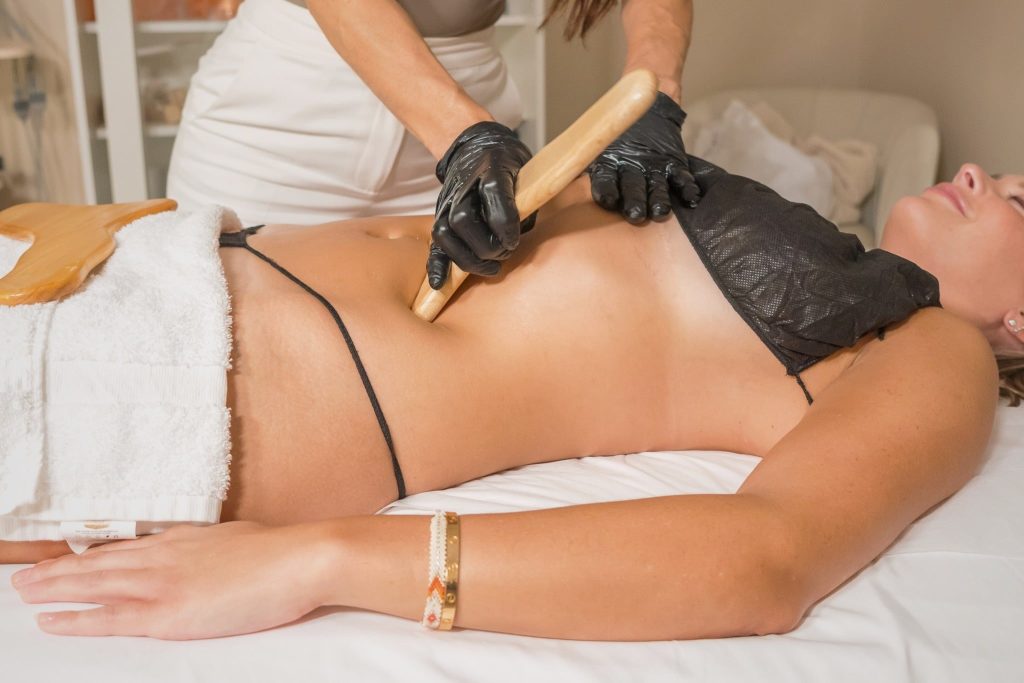
Skin Improvement
Mesotherapy also improves skin quality. Ingredients in the injections stimulate collagen production. This leads to firmer, smoother skin.
Patients often notice improved skin texture along with fat reduction. It’s an added benefit of mesotherapy treatments.
Cumulative Sessions
Most patients require multiple sessions for optimal results. A single session may not provide significant changes.
Sessions are usually spaced a few weeks apart. This allows the body to process and adapt to each treatment. Regular appointments enhance the overall effect.
Considerations
Before starting mesotherapy, consult a qualified practitioner. They assess your suitability for the treatment and discuss potential outcomes.
Being informed helps manage expectations. Understanding the limitations and benefits ensures a positive experience.
Results and Longevity of Treatment
Individual results
Individual results from mesotherapy for fat reduction can vary. Some patients may see changes after just a few sessions. Others might need several treatments to notice a difference. Factors like age, skin type, and lifestyle play a role.
Potential for long-lasting results
Proper aftercare is crucial for long-lasting results. Diet and exercise maintenance help sustain the benefits of mesotherapy. Patients should follow a balanced diet rich in nutrients. Regular physical activity keeps the metabolism active.
Follow-up sessions
Follow-up sessions are essential. They extend the benefits of mesotherapy. These sessions help adapt to the body’s changes over time. Regular check-ins with a practitioner ensure optimal results.
Holistic approach
A holistic approach to health and wellness maximizes treatment outcomes. Combining mesotherapy with healthy habits leads to better results. Patients should focus on overall well-being. This includes mental, emotional, and physical health.
Noninvasive treatment option
Mesotherapy is a noninvasive treatment option compared to surgical treatments. It involves injections rather than incisions. This means less recovery time and fewer risks.
Promising treatment
Mesotherapy is considered a promising treatment for fat reduction. It offers an alternative to more invasive procedures. Many patients prefer it due to its minimal downtime.
Summary
Mesotherapy for fat reduction offers a non-invasive option to tackle stubborn fat. With a mix of vitamins, enzymes, and medications, it targets specific areas effectively. It’s crucial to understand the potential side effects and follow aftercare tips for the best results.
Thinking about giving mesotherapy a shot? Consult with a qualified professional to see if it’s right for you. Set realistic expectations and enjoy the journey towards your body goals. Ready to take the next step? Reach out today and start your transformation!
Frequently Asked Questions
What is mesotherapy for fat reduction?
Mesotherapy for fat reduction involves injecting a mixture of vitamins, enzymes, and medications into the skin. This helps break down fat cells and improve skin appearance.
What ingredients are used in mesotherapy injections?
Common ingredients include vitamins, minerals, enzymes, amino acids, and plant extracts. These components work together to dissolve fat and rejuvenate the skin.
Who can benefit from mesotherapy?
Individuals looking to reduce localized fat deposits can benefit. It’s ideal for those who have not achieved desired results through diet and exercise alone.
Is mesotherapy safe and effective?
Yes, when performed by a qualified professional. It is minimally invasive with a low risk of complications. Results vary based on individual factors.
What are the side effects and risks of mesotherapy?
Possible side effects include bruising, swelling, redness, and mild pain at the injection site. Serious risks are rare but can include infection or allergic reactions.
How should I care for my skin after mesotherapy?
Avoid strenuous activities and direct sunlight for 48 hours post-treatment. Keep the treated area clean and moisturized. Follow your provider’s specific aftercare instructions.
How long do the results of mesotherapy last?
Results vary but can last several months with proper diet and exercise. Maintenance sessions may be needed to sustain the benefits.






